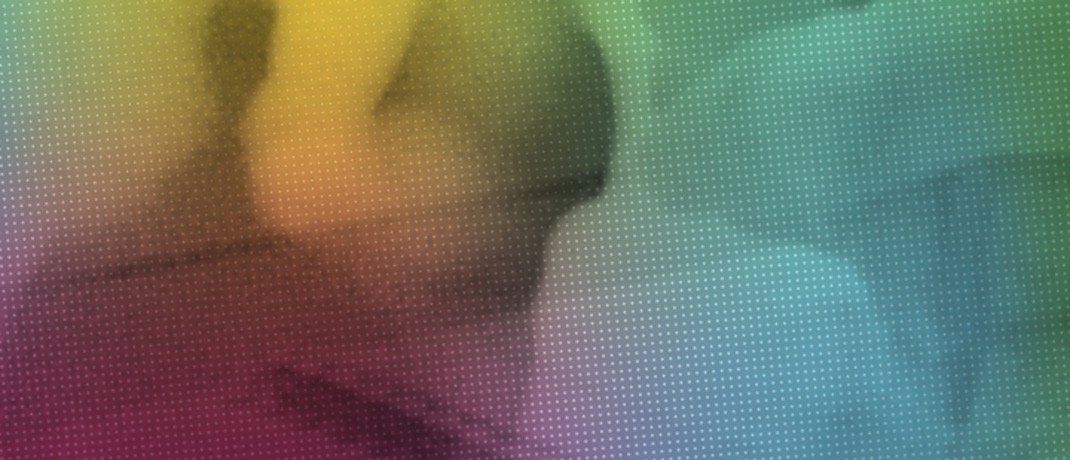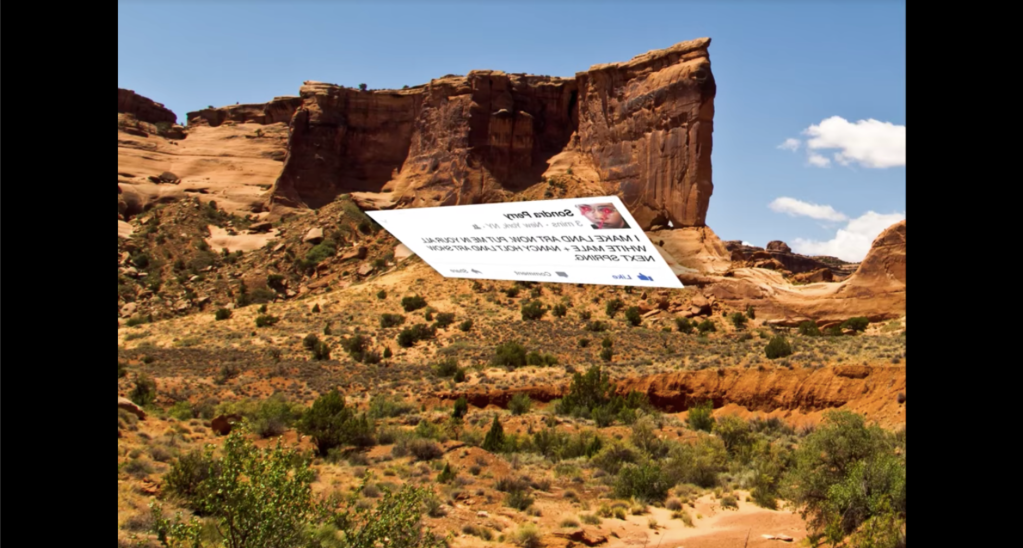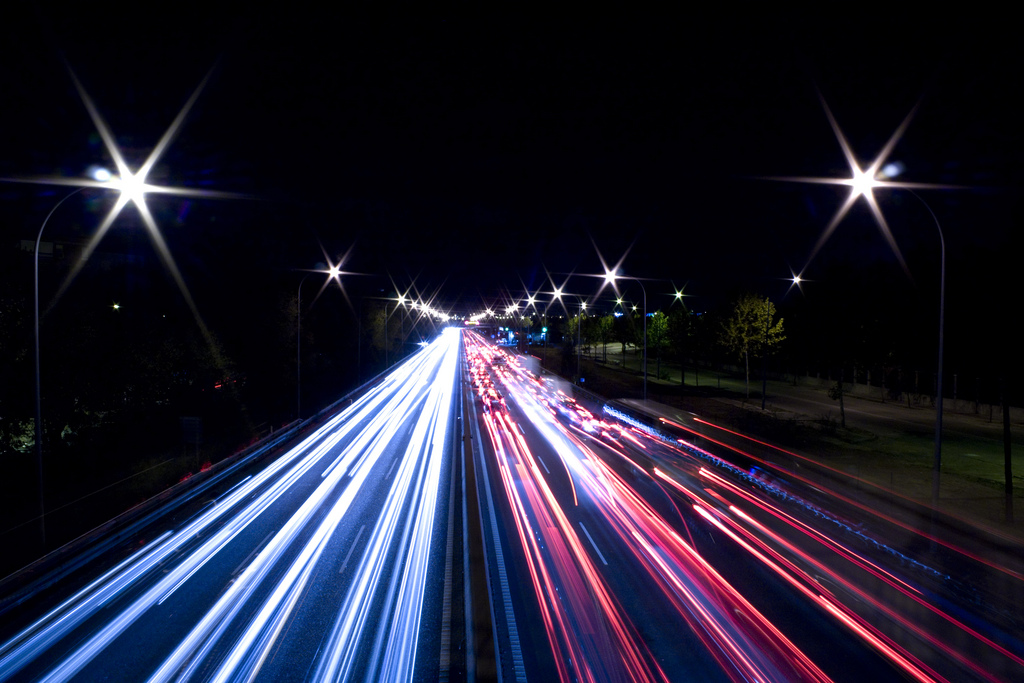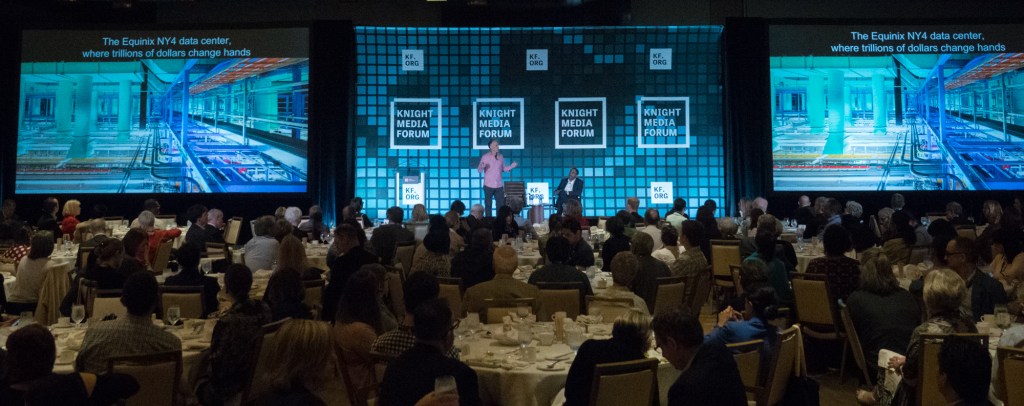
DIY science tools cost little, create big impact in monitoring the environment
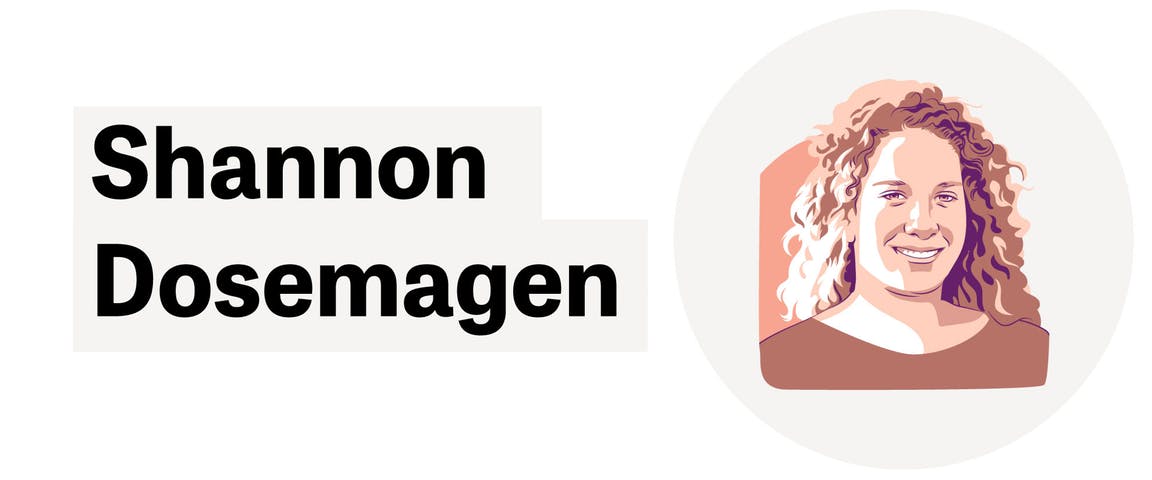
This piece is one of a series that looks at the Knight News Challenge winners, and their thoughts on future trends, on the occasion of the challenge’s 10th anniversary.
Never underestimate the ingenuity of the human race when it comes to righting a wrong. In the case of Public Laboratory for Open Technology and Science, helium balloons and kites went a long way toward helping a community document the largest oil spill in U.S. history.
Back in 2010, as oil spewed from the BP-operated Deep Horizon oil rig, people living along the Mississippi coast felt they were in an information blackout, receiving sparse and sometimes contradictory information about the impact. A group of community organizers and technologists launched a grassroots mapping of the spill, training more than 100 volunteers to collect 100,000 aerial photos using balloons, kites and inexpensive digital cameras. The effort was so successful, Google Earth incorporated the images into its displays – and Public Lab was born.
“Disasters are rapid, as we’ve been seeing with Harvey and Irma, and all of these hurricanes, and the earthquakes recently,” said Shannon Dosemagen, Public Lab co-founder. “What if we were able to model around other kind of environmental issues that are both rapid-moving and slow-moving, which is many times the pace of environmental (crises)?”
In December 2010, the group applied for and won its first Knight News Challenge award for $500,000, using to create low-cost kits for people wanting to map environmental damage.
“It gave us the foundation to do Public Lab. We went from a nonprofit whose original budget was $8,000 to now about $1.3 million,” Dosemagen said.
Only one of the seven original founders, Jeff Warren, then a graduate student at MIT’s Center for Civic Media, was in the journalism industry, a traditional focus of Knight Foundation. He brought the much broader reaching News Challenge to the group’s attention and it changed their lives.
“It gave us the footing to create this incredible research and sharing platform that is now a hub for people who are asking questions about climate and environmental pollution,” said Dosemagen. “When we started Public Lab back in 2011, there were several big topics that we focused on. One of the biggest was looking at the broad landscape of what was available to communities to do their own scientific monitoring and launch scientific studies. There wasn’t equipment available at a price point that allowed for easy access to that.”
Public Lab aimed to connect open source software and technologists with people living with environmental challenges, Dosemagen said.
Public Lab applied for and was awarded a second News Challenge grant in 2013, this time to develop a suite of tools and supporting materials focused on health.
Over the years, it has stretched its wings – literally, considering its work from the skies – to gather data on everything from fracking in Jackson County, Wisconsin to monitoring water pollution in Medford, Massachusetts’ Mystic River and providing everyday citizens with inexpensive, smartphone compatible minispectrometers to detect water pollution.
Dosemagen said that the most important technological development since Public Lab opened its doors would have to be the integration of hardware sensors and software systems with privacy, data management and storage capabilities to help its researchers richly and visually use the data that’s being collected.
“They’re talking to each other,” she said, “and we’re able to dynamically integrate them. That is a very far step from when we started Public Lab.”
Looking forward, Dosemagen said what she is most concerned about is figuring out ways “to address the gaps that we’re seeing in the decline of community journalism. I think it’s incredibly important that we figure out ways to tell local stories that will be significant and will start to pull us, especially in the United States, to a better place as a country. Although that’s not necessarily journalism technology innovation, we deeply need to address the existing fractures in the systems that we already have.”
Bob Andelman is a Florida-based journalist.
-
Journalism / Article
-
Journalism / Article
-
Journalism / Article
-
Technology / Article
-
Journalism / Article
-
Journalism / Article
-
Technology / Article
Recent Content
-
Artsarticle ·
-
Artsarticle ·
-
Community Impactarticle ·
